Client FAQs: What Your Marketing Team Wants You to Know!
Lots of people see marketing as a switch that you can flip “on” and suddenly have a line of new customers out the door. But the truth is, digital...
6 min read
Kari Switala
:
May 17, 2023
![How Much is Too Much When Communicating With Prospects Online? [+ Templates]](https://www.wildfigmarketing.com/hubfs/bigstock-Annoy-Notifications-Disturbing-469916393.jpg)
When deciding how much to communicate with your prospects online, it’s easy to feel like you’re either communicating too much, or too little. Like Goldilocks, you want to find the amount that’s just right so that it feels natural — not forced, indifferent, or annoying.
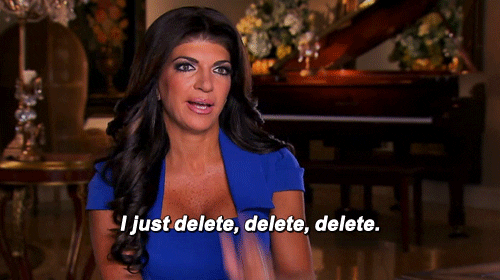
While many salespeople are concerned that they’re communicating too much or erring on the side of “annoying,” the truth is, most companies don’t communicate enough. A study by Harvard Business Review found that 56% of prospects complain about poor follow-ups.
Still, if you’re worried about over-communicating with prospects, here’s a good rule of thumb:
You can contact a prospect as often as you’re able to deliver new insights that they find interesting.

The specific amount of communication you can get away with will vary based on your product/service, your industry, and the preferences of your client-base. But if you stick with the above advice, you should be able to strike a balance that’s appropriate for your company and your digital marketing strategy.
With that in mind, let’s take a look at some basic guidelines and templates for how to communicate with prospects online in an effective, respectful, and engaging way.
Communicating with prospects online often occurs via email or social media, and the latter takes place most notably LinkedIn. On any platform, though, it’s important to remember that when first establishing communication with a prospect, you don’t have to delight them or go above and beyond — you simply need to focus on meeting your prospects' needs and providing value.

When it comes to high ROI, email marketing remains the top dog at $42 for every one dollar spent. The truth is, the appropriate email frequency (or cadence) will depend on the type of email you’re sending (a newsletter, a cold-email, or a lead magnet/campaign follow-up).
While there are no real rules on how often you should email prospects, here’s an easy to follow template when following up with prospects who’ve opted in to receive your emails, either through downloading a lead magnet or are part of a campaign.
Note: While this template will provide you with an email cadence to start with, your perfect email frequency can be found by studying your industry email averages and understanding your target audience.
1. 1st Email: The Deliverable
Keep your first email as brief as you can, and maintain a conversational tone. Your email content should include:
Toward the end of the email, provide a link prospects can click if they have questions or would like to get in contact with you or your company.
2. Follow-up #1: Check-In/Provide More Value (1 day later)
This is where you can ask your prospect what they thought of the deliverable, if they found it helpful, or if they have questions. You can also use this opportunity to provide them with additional value through a free resource such as a link to content your prospect will find useful.
This content can be anything from a free guide, ebook, or even a link to a recent/relevant blog your company has written.
3. Follow-up #2: Client Testimonial (2 days later)
Check in with your prospect and include a client case-study, story, or testimonial from satisfied clients.
Provide a clear call to action regarding how they can proceed and get started with your company. Ask if the prospect is willing to schedule a call or a demo.
4. Follow-up #3: A Relatable Story (2 days later)
In this email, tell the prospect a story about an old customer who has experienced the same pain points that they (presumably) are experiencing. Your goal is to make your prospect feel like they can relate.
Then you can swoop in with the solution. Provide them with another clear call to action that shows them how to proceed with your company and solve their problem for good.
5. Follow up #4: The Break Up Email (5 days later)
Say goodbye to the prospect and thank them for their time. Before you go, drop another link to a helpful piece of content (PDF, blog, ebook, or resource). You can also include a link to schedule a demo or phone call with you.
Quick note: Always remain polite, and NEVER resort to bitterness or manipulation. Not only is that type of behavior highly unprofessional, it also doesn’t work. That said, making it clear that this is your final message may encourage those who wanted to work with you but didn’t have the time to finally reach out.
(Need more helpful tips on writing effective email content? Check out our other blog, How To Write Great Email Copy.)

LinkedIn Campaigns have a similar structure to email marketing campaigns, but with a few key differences. LinkedIn, like other social media, has the benefit of feeling a little more personal than email. That means you can be less stuffy and more casual (but not too casual, please!) You can also get away with spacing out your messaging while still being effective.
Here’s a template for a LinkedIn campaign that you can use as a jumping off point for your own communications with prospects:
1. Connection Request Message: Limited to 200 characters
This message should include a casual greeting, introduction, and a reason for connection. For example:
Hi [First Name],
I was looking at your profile and noticed we had a few shared connections. I thought it would be beneficial to reach out to connect and share our networks. Thanks and hope all is well!
[Your Name]
2. Welcome Message: Sent within 1 day of connecting
In this message, thank the prospect for connecting and introduce yourself to them in more detail. Explain your position and provide a link to your company website. Try to differentiate yourself and show what sets you apart.
To provide value, let your prospect know that you’re happy to connect them with anyone in your network that they’re interested in getting to know better. Keep it short and sweet, and always include a greeting and a sign off.
3. Follow Up Message #1: Sent 7 days later if no reply
This is when you start to show the prospect the value you can provide them, should they work with you. In this message, demonstrate your knowledge of:
Then, describe how you can solve their problem. Bonus points if you can provide a link to a case study that demonstrates how you’ve helped companies just like them.
4. Follow Up Message #2: Sent 7 days later if no reply
So they haven’t replied yet? Raise the stakes. Start with a properly-sourced statistic that directly relates to one of the core struggles of their industry. Show that you’re knowledgeable by teaching them something they may not already know. Provide a customer testimonial and/or a link to a helpful piece of content you’ve created that your prospect may find interesting.
5. Follow Up Message #3: Sent seven days later if no reply
Indicate that this will be your final message to them, but continue to provide value. Just like with your final email, DO NOT resort to bitterness or try to pressure them into responding. Here’s an example of an appropriate first and last sentence of a final message:
How's it going? Just wanted to drop one last note and share some cool [products] we've created for our clients here at [Company Name].
Provide your prospect with yet another link to helpful content that shows your expertise, and end the message by reiterating how to contact you further or schedule an appointment with you.
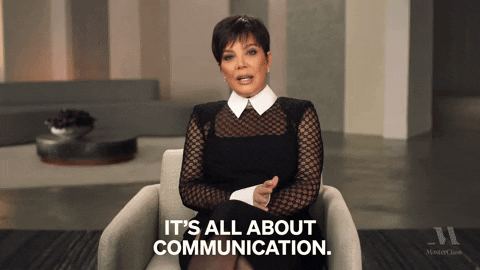
Whether it’s for a LinkedIn campaign, email marketing campaign, or an in-person networking event, communication is a skill that can be learned and improved upon. Here are some communication tips that will help guide you through your interactions with both prospects and current clients:
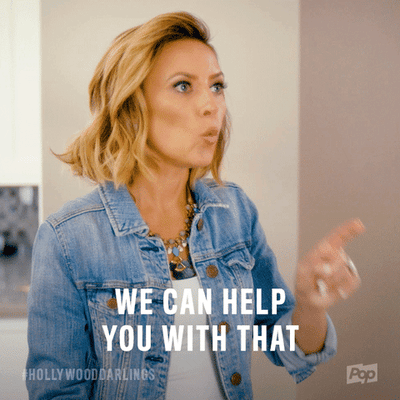
At Wild Fig Marketing, we know that facilitating balanced communication with prospects is a critical part of an effective digital marketing strategy. By implementing our helpful techniques and tips, you can begin to forge meaningful connections with prospects, turning them into long-term clients.
Tired of fighting with your keyboard and trying to say the right thing? We hear you! If you want to know how the Wild Fig team can take the reins on your lead generation efforts, schedule an exploratory phone call with Jen, our VP of Opportunities, today. Learn how our experienced team of marketing professionals and content writers can help you communicate with prospects and guide them to conversion!


Lots of people see marketing as a switch that you can flip “on” and suddenly have a line of new customers out the door. But the truth is, digital...
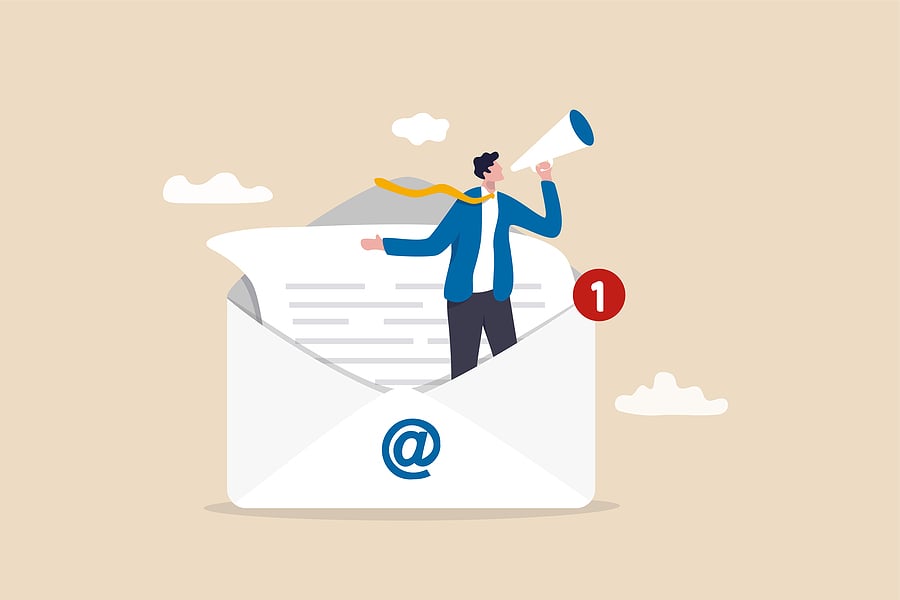
In 2022, the number of global email users was forecast at 4.3 billion. In 2025, that number is expected to grow to 4.6 billion—that’s more than half...
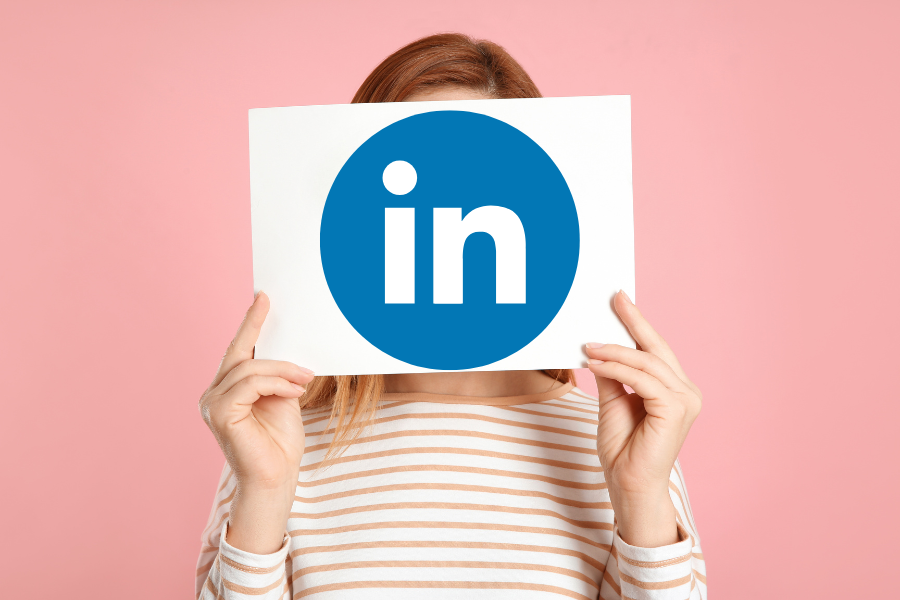
Originally posted January 2023; Updated January 2025 Is your LinkedIn profile as effective as it could be? If your answer is no, or if you’re not...